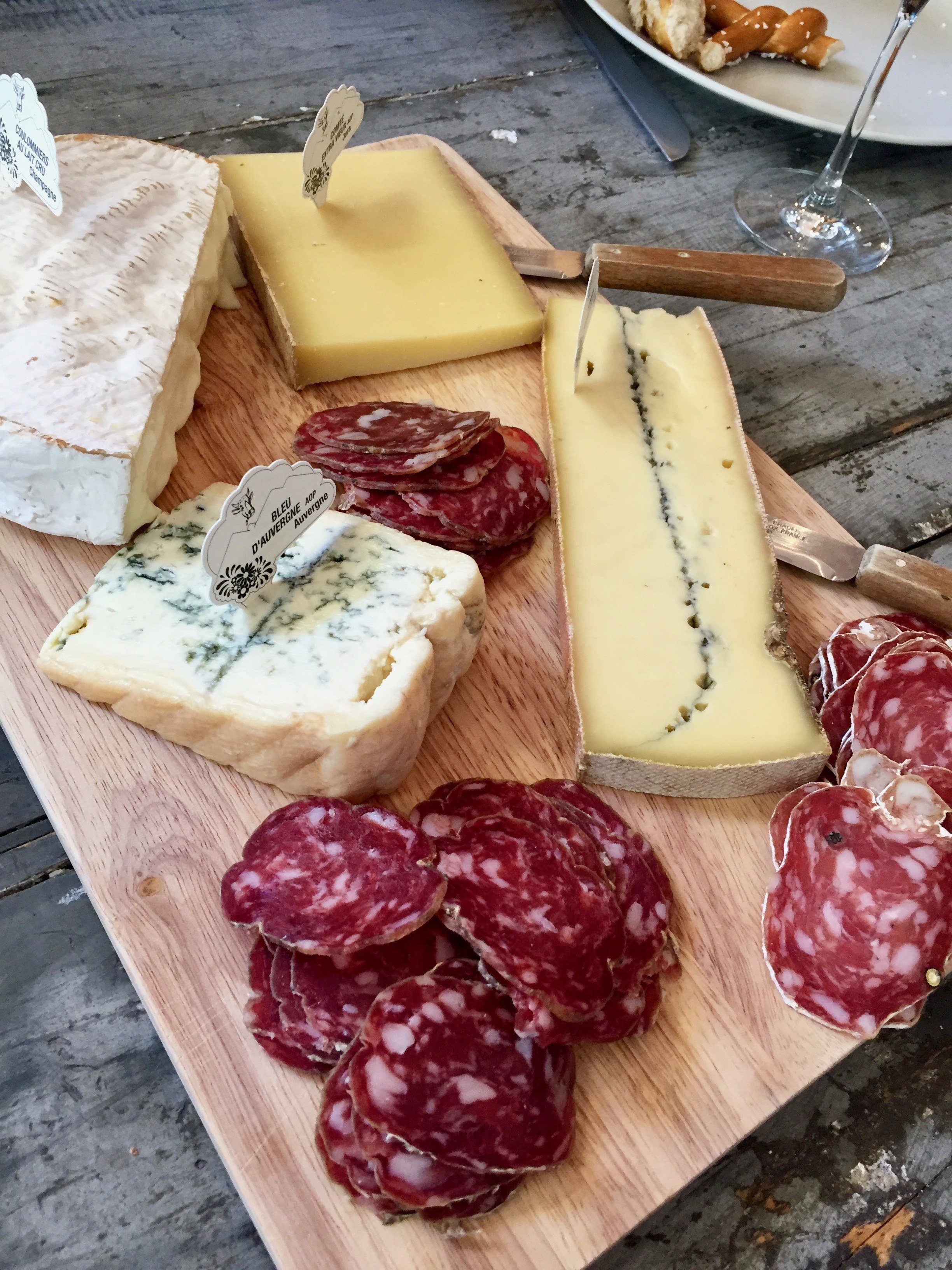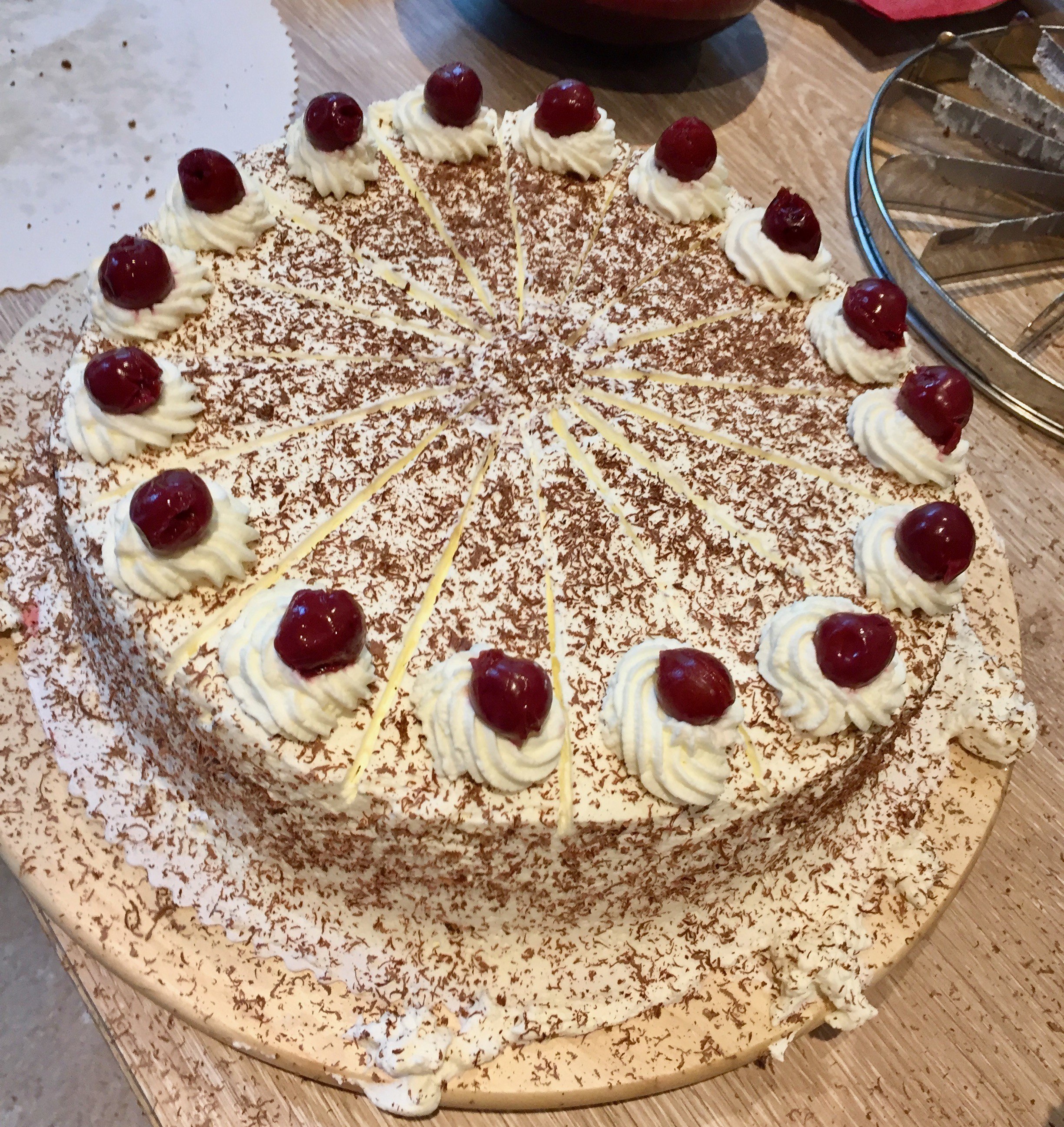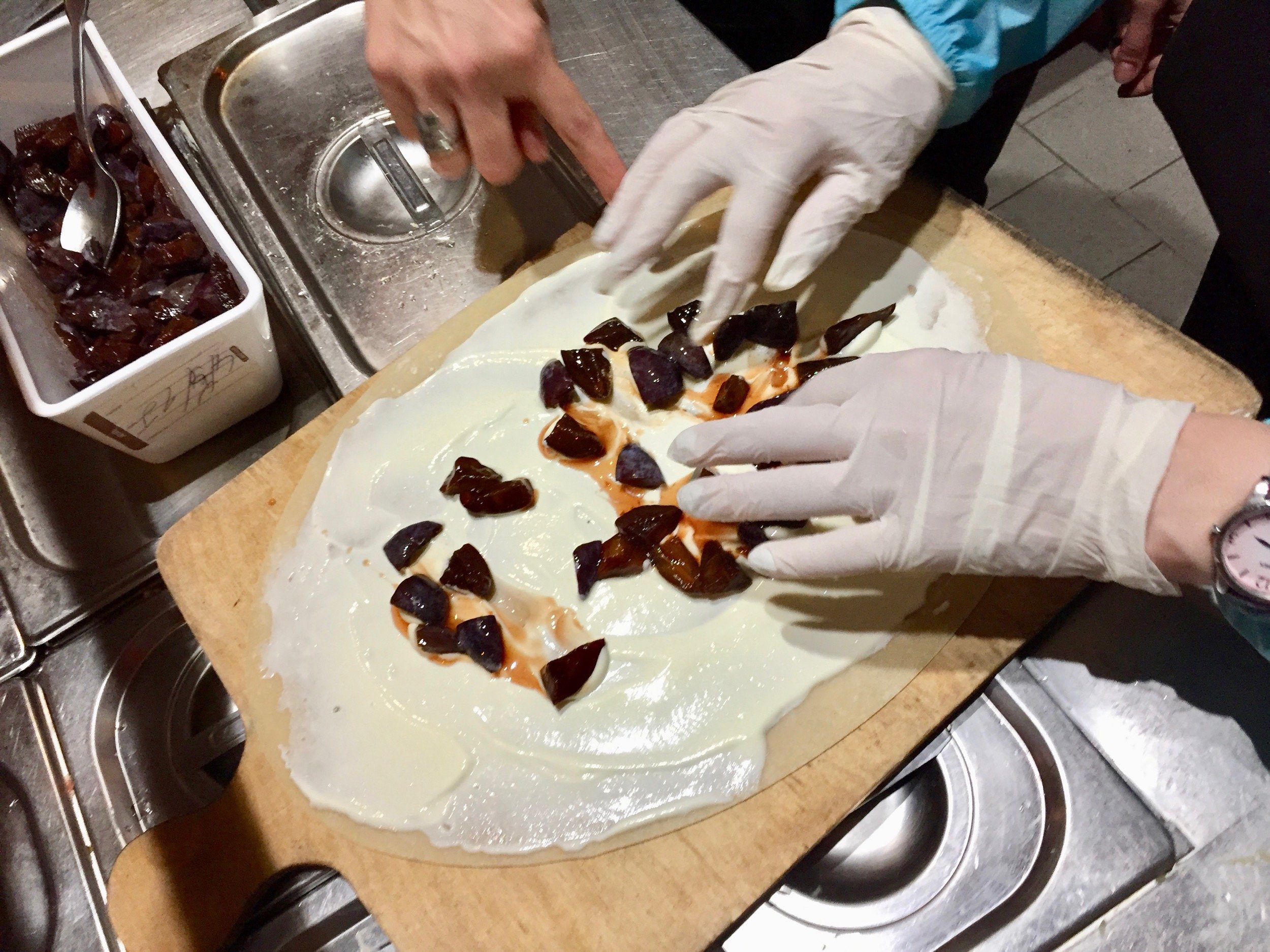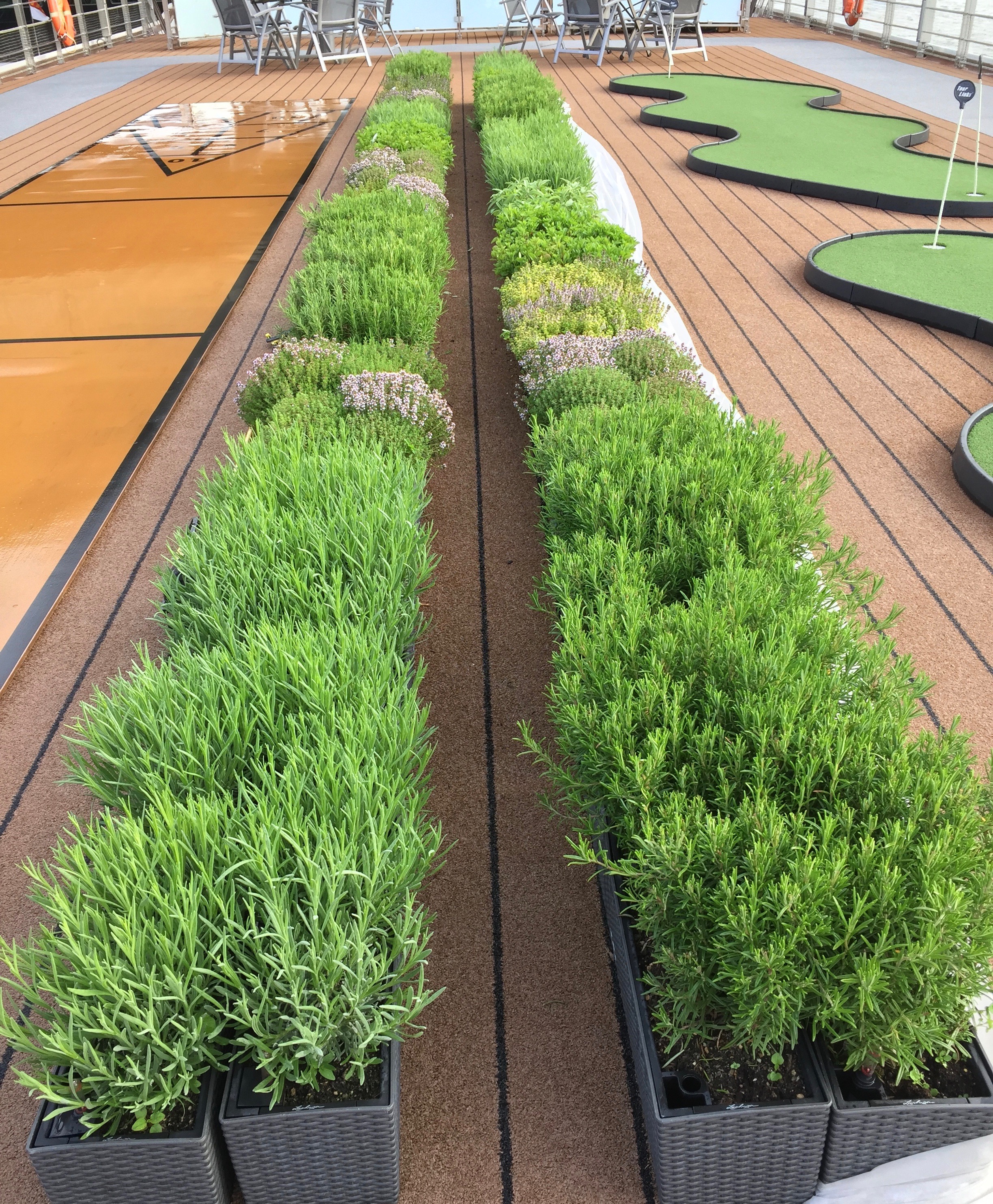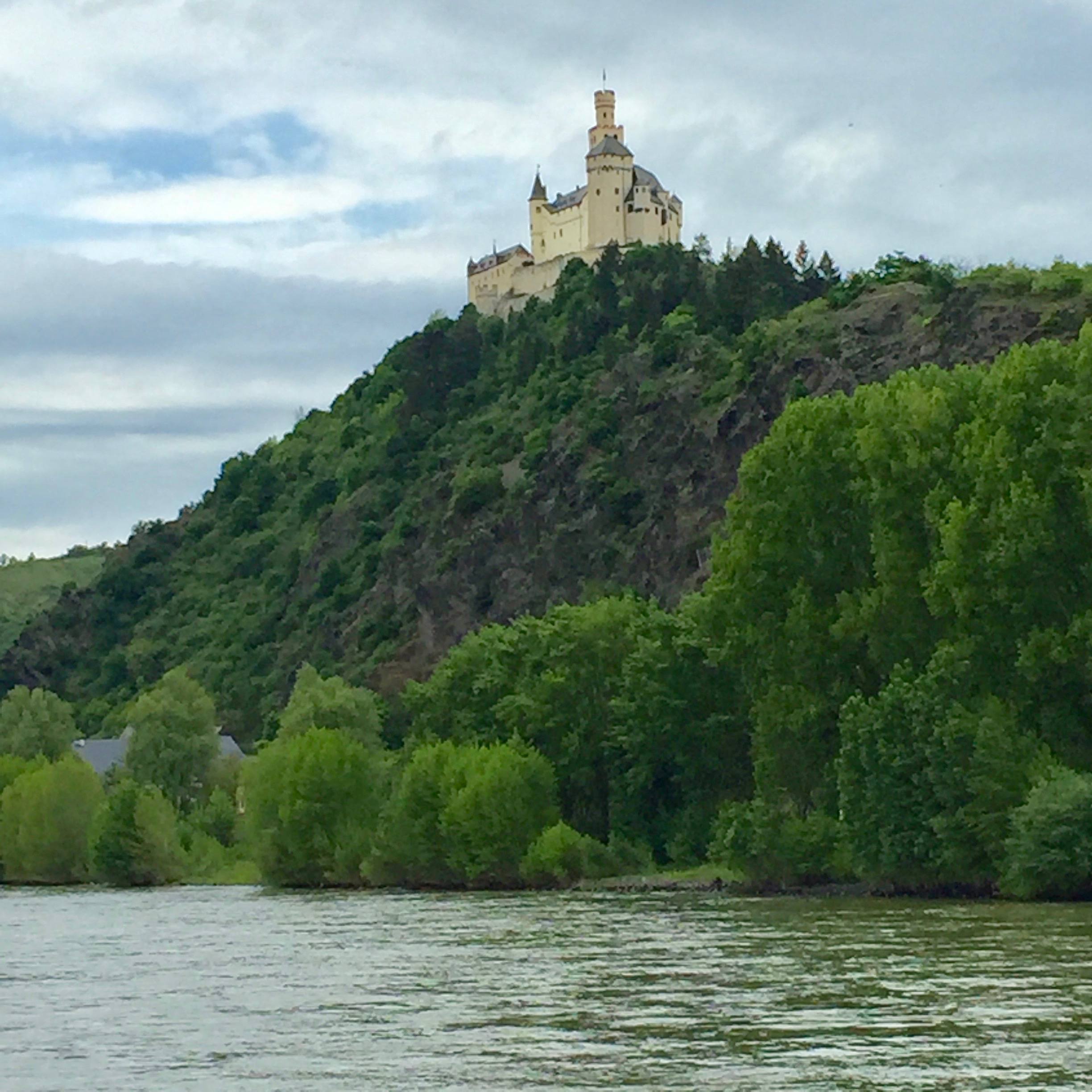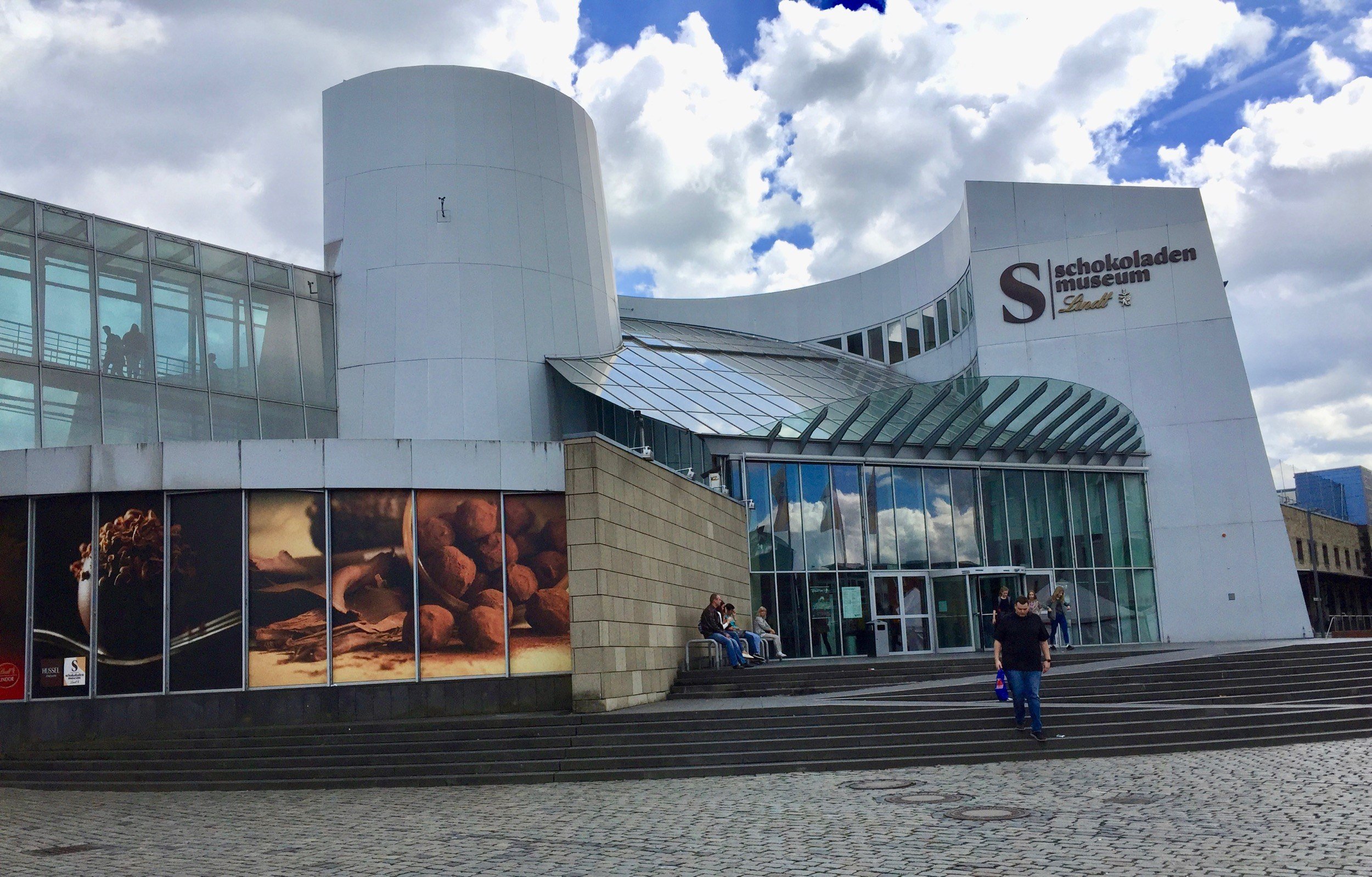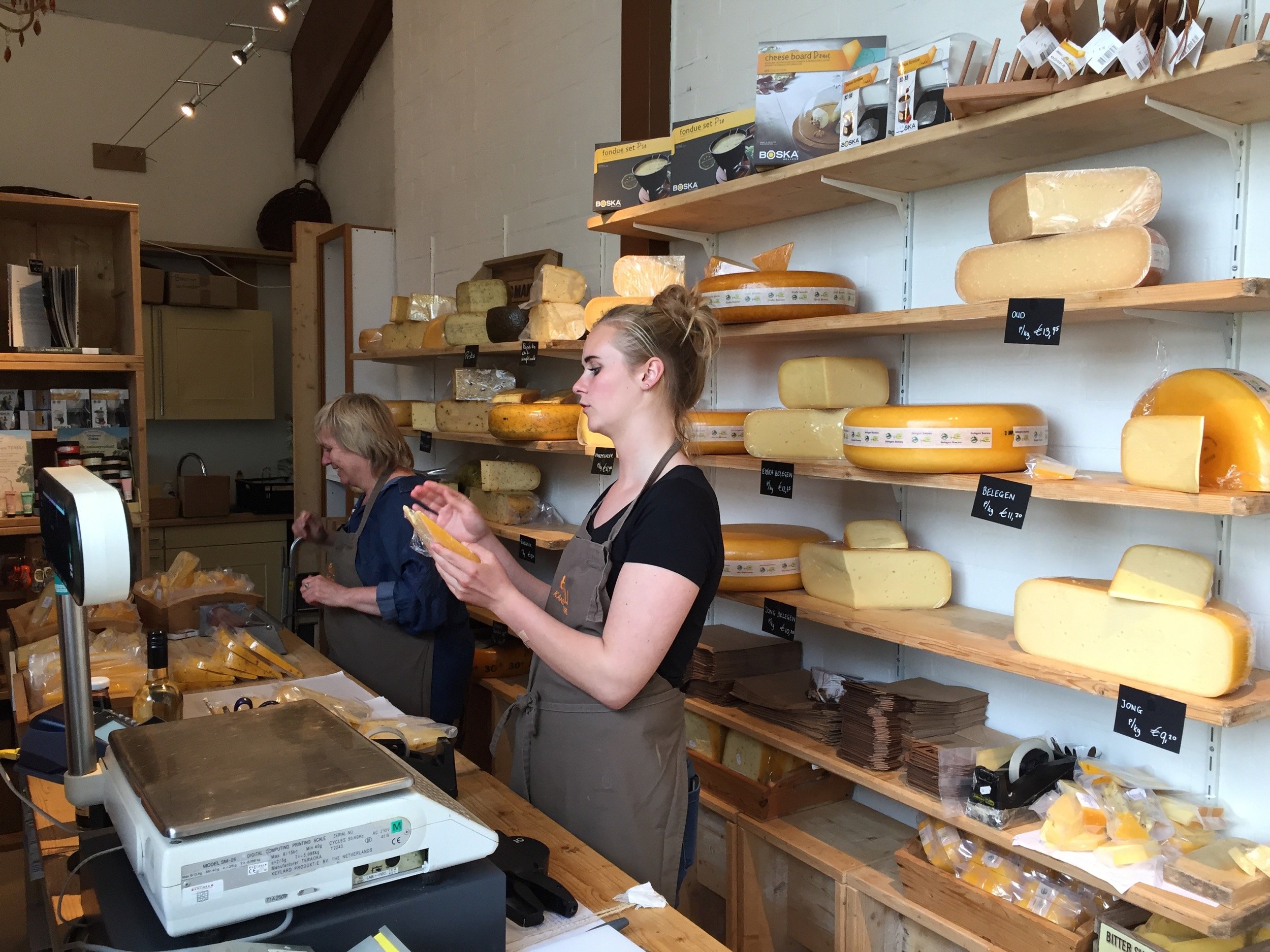Viking River Cruises Turns Its Rhine River Getaway Into A Culinary Adventure
As river cruising grows and grows in popularity, Viking River Cruises, the giant of the industry and its most award-winning cruise line, has added something new. Its world-wide itineraries now feature culinary tours, wine tastings, and multiple opportunities to sample local cuisine on board and ashore, at virtually every port. We went along for the ride on Viking's Rhine River Getaway to sample what was on offer. Miraculously, we didn't gain an ounce, but it wasn't for lack of trying on Viking's part. Fortunately, there's a lot of activity along with a lot of delicious food.
We joined Viking Hlin, one of Viking's fleet of 60 river ships, in Basel, Switzerland. This itinerary can be taken in either direction from Amsterdam to Basel or vice-versa. While Viking includes a complimentary guided tour at every stop, many of its culinary offerings require an extra fee, ranging from $49 to $199 for a day-long culinary adventure. We'd barely had time to unpack before the first (complimentary) wine and cheese tasting took place in the ship's airy lounge. Here we sampled the wines we were to drink as our longship traveled through one of the world's great wine-growing regions. Included in our fare, these were the wines selected to be served at lunch and dinner. Rieslings predominated, given that they account for 80 percent of the grapes grown on the banks of the Rhine. Also on the list were several Rheingau reds. Lighter than their Spanish or French counterparts, these German wines were wonderful complements to lighter items on the chef's menus. As to the cheeses, every country we passed through was represented, from Swiss comté to German muenster to France's tomme d'Alsace and tomme de Savoie.
Our next culinary treat was presented the next day in Germany's Black Forest. There, most appropriately, a Black Forest cake was put together before our eyes. Layers of chocolate sponge cake were covered in mounds of whipped cream, while sour cherries occupied a single layer and local Kirschwasser (cherry brandy) moistened the surprisingly light and not-too-sweet cake. The cake, however, was no match for the contemporary version created by the Hlin's on-board pastry chef and served that night.
For a passionate foodie, the next day's all-day excursion, "Taste the Best of Alsace" was sheer nirvana. The glorious city of Strasbourg was the setting for this remarkable experience. Viking prides itself on the quality of its guides, and here in Strasbourg, ours was a fount of information. The city has a somewhat tortured history. Strasbourg alternated between being part of France and part of Germany, often within the same war, as was the case in World War II. You can see these influences in the city's culinary heritage. The hearty breads of Germany live side by side the delicacy of French pastries. Blending both food and history in one monumental walk, we took in bakeries and cheese shops, a wine-tasting with cheese pairings, a shop that made nothing but gingerbread, and even a hands-on cooking class. There we made tartes flambées (or Flammekueche in German), a sweet or savory Alsatian version of pizza that gives the real deal a run for its money.
If you hadn't signed up for the "Taste" tour, back on board executive chef Mladen Arezina was giving a full-on demonstration of Flammekueche himself. Menus aboard all Viking longships emanate from chef Anthony Mauboussin, Viking's executive chef. Working out of his home in Chamonix, France, Mauboussin creates menu items that reflect time and place. They also provide and standard of excellence for all Viking's chefs to follow. Vikling Hlin's chef, who hails from Belgrade, Serbia, has some leeway if he runs out of an ingredient, but in the main, his dishes reflect Viking's strict commitment to its signature recipes and their consistent quality. The chef also has the use of an entire herb garden which grows merrily along on the top deck of the Hlin.
Overlooking the town of Rüdesheim, Schloss Johannisberg is considered one of the world's premiere producers of Riesling. Wine grapes have been grown on this property for 1,200 years. The schloss itself is massive, a replacement for one completely destroyed in World War II. The caves of the original castle survived. Here under the direction of the winemaker, Dieter Salomon, a tasting was conducted exclusively for Viking guests. They surprised their tasters with the depth of fruit flavors that differed from wine to wine. The gelblack-trocken had hints of sweet pears, quince and apricots, the rotlack-kabinett-feinherb was slightly off-dry with an apple aroma, and the grünlack-spätlese combined pear and peach notes.
The "Castles on the Rhine" of fairytale fame occupy a 40-mile stretch of the river. Only one of these has never been destroyed in warfare. Many of the castles have been restored, mostly for use as luxury hotels, but only Marksburg Castle stands in its original state. It sits on a 550-foot perch visible for miles around. Medieval life in all its peril is on full display at Marksburg. Knights in armor and torture chambers are on vivid display. And for the culinary traveler, the tour takes in a very impressive display of the castle's kitchens. All manner of culinary tools and serving dishes are on display. There's even a primitive butcher block counter that has served for hundreds of years dating back to the thirteenth century. It's an unparalleled glimpse into another era in the kitchen.
When the ship docked in Cologne (known in German as Köln), it was not only within easy walking distance of the city's magnificent Gothic cathedral dating from 1248, it was also right next to two food attractions. The Schokoladenmuseum is completely dedicated to chocolate. It traces the 3,000-year history of chocolate from the Mayans to its rise as a European luxury. It's in the right place, as Germany is only bested by Switzerland in its love of chocolate. The average German eats over 17 pounds of chocolate a year. (The Swiss top out at a whopping 19.8 pounds; right behind the Germans come the Irish, which may explain why my fellow Viking passenger and I were at the end of a very long line of Irish high schoolers lined up for a sample. Americans, by the way, are way down the list at half what the Swiss eat.) The museum charges an entry fee of 11.50 euros. Entry to the museum shop, which houses more chocolate from more places than this traveler has ever seen in his life, is free. The Chocolate Museum is directly across the street from the Mustard Museum (Kölner Senfmuseum). More a mustard store than a museum, I cannot recommend a visit unless you are fluent in German, as that's the only language their tours are conducted in.
Next up on Viking's itinerary was the Netherlands. Here the culinary attraction was a visit to the Booij family and their cheese farm in Streefkirk. This is local farming at its best. The Booijs have been making cheese since their family's arrival from France in the seventeenth century. At their small-scale facility, fresh raw milk from a neighboring farm is turned into Gouda, one of the world's oldest and best known cheeses. Gouda is produced using just a starter and rennet. The milk thickens into curds which are cut and washed several times. There are seven categories of Gouda based on their age. We sampled three cheeses: a young Gouda, and aged Gouda, and finally a Gouda spiked with fenugreek, the creation of the Booijs daughter, Marijke, who has inherited her family passion for superb cheese. These cheeses were so remarkable that Viking passengers can be forgiven for sneaking them into their suitcases and spiriting them out of the country.
Viking Hlin docked late that night in Amsterdam. Eight glorious days of soaking in culture along with fine wines, wonderful food on board and ashore had ended. Or had they? The culinary delights of Amsterdam awaited. Rijsttafel anyone?
Viking River Cruise offers its Rhine Getaway at fares from $1999. Contact: www.vikingcruises.com

